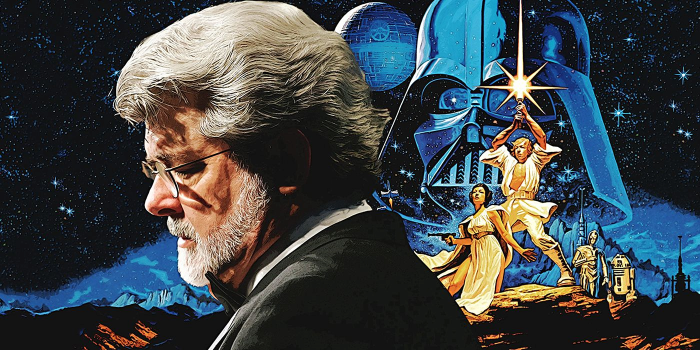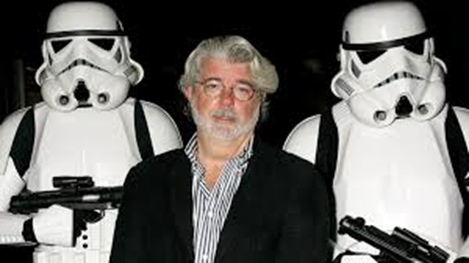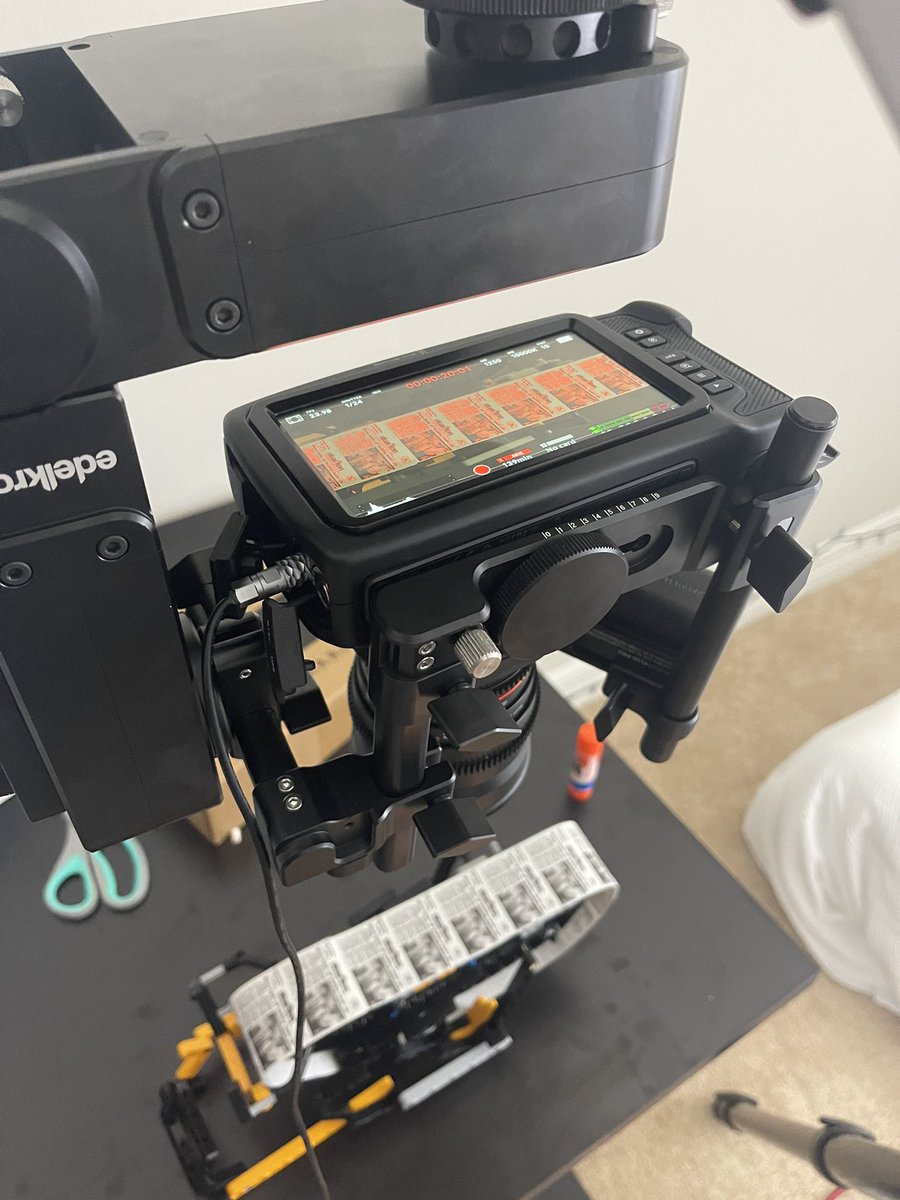"He could only consider me as the living corpse of a would-be
suicide, a person dead to shame, an idiot ghost."(Osamu Dazai, No Longer
Human)
“Just as my mother belonged in the kitchen, my father belonged in the graveyard.”(Yuko Tsushima, Of Dogs and Walls)
It
came to light recently that the book I've been reading for this class
has done little to capture my attention, and even now, some weeks from
where-ever off in the audiobook I was, I dully remember that this artist
was not kind to her children. Something about how her children-- who
succeeded in life, came to write memiors-- became celebrated people,
seemingly at the expense of her mother. I can't say whether or not she
was a good mother, that artist-- I think people are odd like that, that
they can be a good artist and a good person but a horrid parent. It's not that off, really, that some people succeed in different ways,
I suppose it's more strange that someone that we come to idol may have
some flaws. Parenting must be difficult, and I don't wish that task upon
anyone unless they voluntarily make it-- anyways, all this to say that I
can't speak on how she raised her daughters-- I don't know, and I don't
really care to know.
There's a theme there, about how
we can know someone in certain aspects and not others-- to think of an
artist as an artist but not parents. There's also something to be said
about how pain travels down generations like that. That is how we come
upon Osamu Dazai; suicidal artist, and apparently father.
Osamu Dazai, born Shuuji Tsushima, is considered to be one of Japan's classical modern authors, most notably with his works of The Setting Sun and No Longer Human.
Themes in his works often include the decline of the human condition,
which reflects the era of Japan he was born and writing in, namely from
1928 (with his college publications of Cell Literature) to 1948 (with
his final publication of No Longer Human). His works are popular,
specifically among the youth, specifically in times of economic strife,
instability, and general uncertainty about the future. That's how many
interpret his work, anyways. I myself have only been able to read one of
his works, No Longer Human, which is often considered to be
Dazai's psuedo-autobiographical and final work before he killed himself.
His work does follow a lot of what's reflected in a common reading of
Japanese literature; the depictions of the Japanese upperclass during
the changing times, often serve as a glimpse into what the world was
like during Dazai's life, which include what seem to be the reaching
affects of the Cold War (there are bits about joining a communist party,
I think?). It's not what I got from the book when I first read it.
No Longer Human
sparks a degree of kinship, I think. Empathy. Yozo, the main-character,
is jarringly familiar, and is compelling nonetheless. Oh, what am I
saying-- this isn't a book review. The plotbeats of No Longer Human
follow the general beats of Dazai's life, mostly marked with suspicion,
fear, which slowly graduate into self destructive alcoholism. It's
steeped with melancholy and misanthropy, and it's hard to imagine that
Dazai didn't struggle as Yozo did. Dazai wrote, and pressured himself
into greatness, and trying to achieve and maintain that-- maybe the
stress got to him. Maybe he felt he achieved all he could. Dazai was
inspired by Akutagawa Ryuunoske, author of Rashomon, who, during
the early stages of Dazai's writing career, killed himself. Those are
Dazai's influences, reflected on his final works.
Dazai exists in a
weird vaccuum-- it's probably that I should read more Japanese
literature if I want to consider myself well read on this. I didn't
consider that he had a child with one of his wives, but he did. And
oddly enough, I look to her works now-- partly because this assignment
reminded me of her, as did the motherhood-griping-- that yes, one of the
saddest authors I've read did have a daughter.
I've only had time for a summary of her works, one being A Very Strange, Enchanted Boy.
Within it details what is interpreted as a mother looking upon her son,
and there's this argument of interpretation-- whether the mother's
expectations on her son is what causes her to worry so much, if her
worries are unwarranted in that, if she is the one to blame in that
story. I haven't read it; I can't really speak on it.
But it was
strange, to think, if Yuko Tsushima had a child-- and her father, who
died by suicide when she was young-- to consider how that affected her
views on parenting, if she vowed to be more than her dead father in this
one case of caring for others and living. It's hard to say-- and given
that the penname Osamu Dazai does not reflect the familial relationship
between Shuuji Tsushima and Yuko Tsushima-- it's hard to tell how much
readers look for her. But I did-- I only know her through her
father, and his contributions. In a way, that's a bit of disservice to
her, but that's also just what came to be.
Ah, well.
For more information on:
Osamu Dazai and his works:
https://youtu.be/yXATG3NSZjE?si=I7aR_H8EygRP4IBL
Yuko Tsushima and her work:
https://youtu.be/49ZxNCD2jOk?si=u08oLBoj6gbvsRQ1





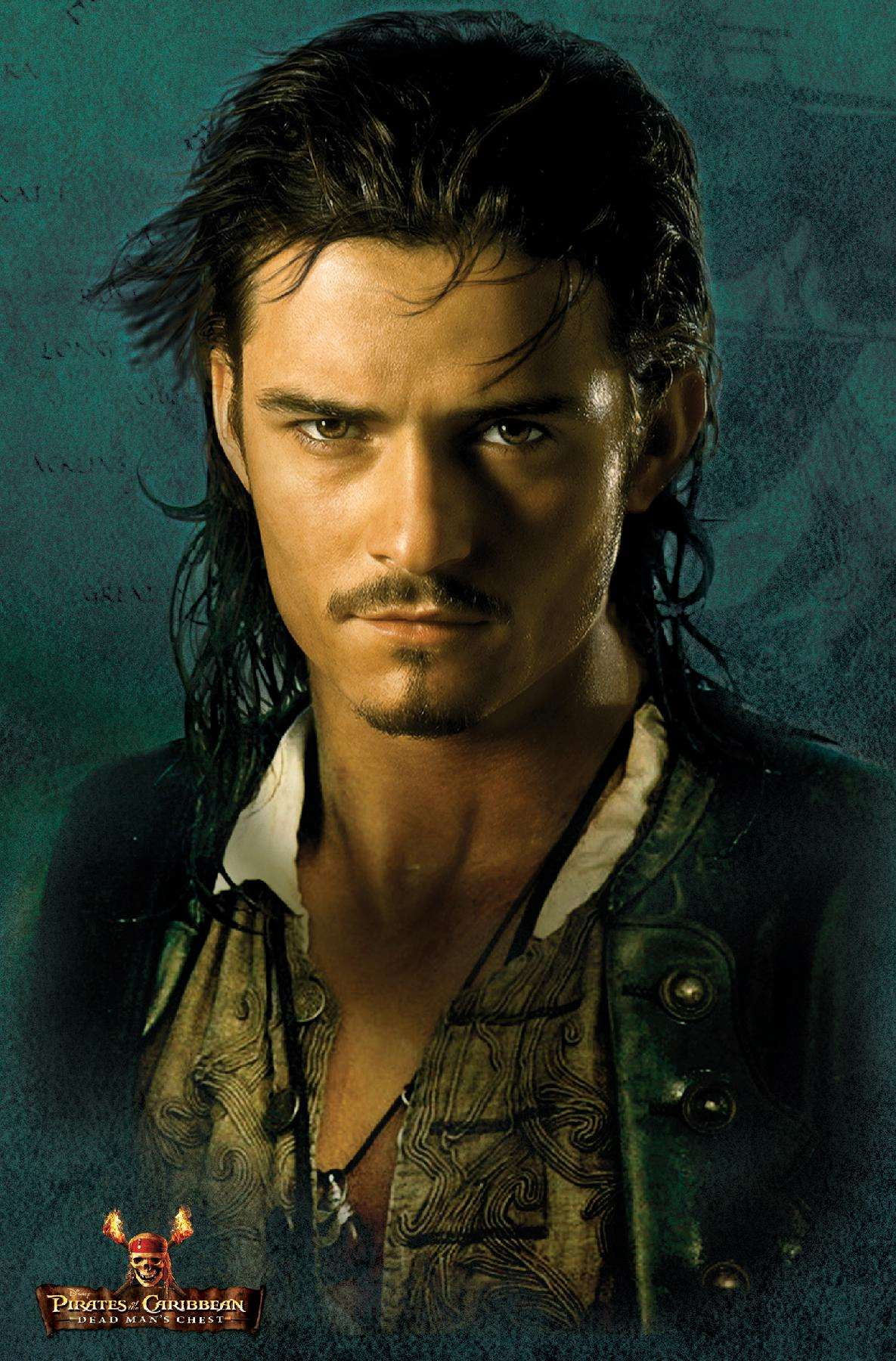


/cdn.vox-cdn.com/uploads/chorus_asset/file/24781793/rev_1_BARBIE_TP_0006_High_Res_JPEG.jpeg)

